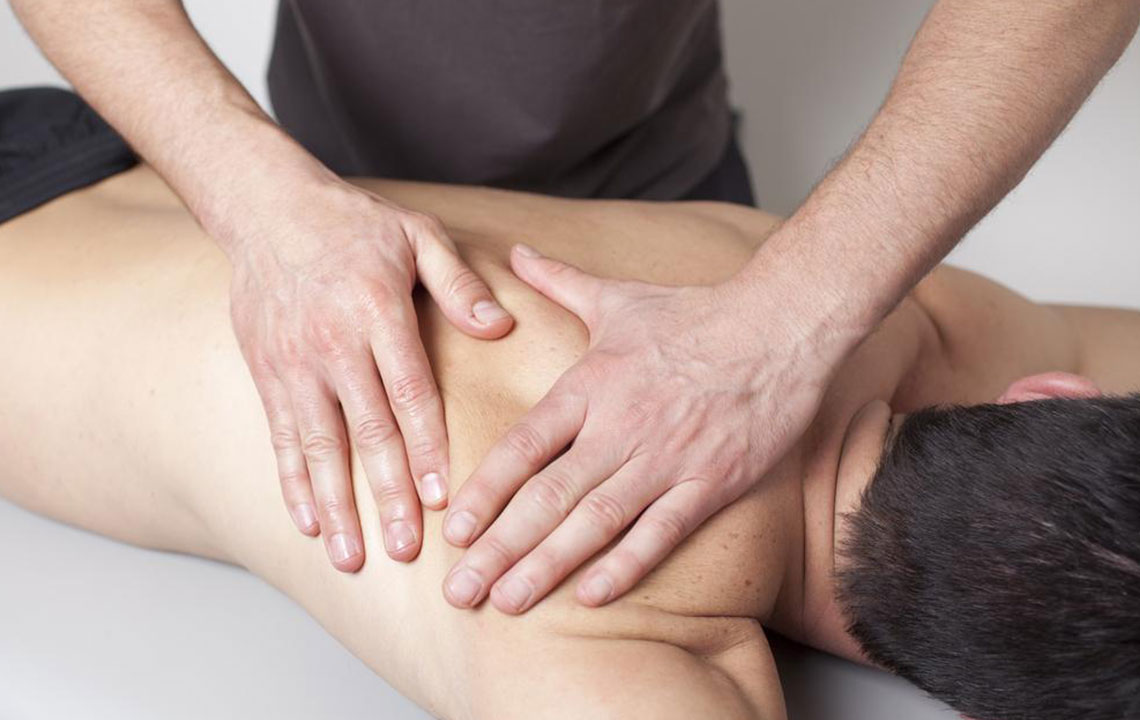Understanding the Main Types of Spondylitis You Need to Know
Explore the main types of spondylitis, including ankylosing, enteropathic, reactive, and psoriatic forms. Learn about their symptoms, progression, and the latest classification systems to better understand this degenerative spinal condition commonly affecting older adults and young people alike.

Spondylitis, a form of arthritis also called axial spondyloarthritis, involves degeneration of the spine caused by aging or wear over time, known as degenerative changes. These include bone spurs and disc deterioration, which can restrict spinal movement and press on nerves, often leading to mild discomfort that worsens with certain motions. Many individuals, especially those over 60, may not exhibit symptoms, but the condition remains prevalent in this age group.
According to the Spondylitis Association of America, spondylitis classifications fall into two systems: traditional and newer. The traditional system identifies six types, including ankylosing spondylitis, enteropathic arthritis, reactive arthritis, undifferentiated spondyloarthritis, juvenile spondyloarthritis, and others. Each type presents unique symptoms and progression patterns.
Ankylosing spondylitis: This inflammation affects the spine and pelvis, often starting before age 45, with pain that worsens during rest and improves with movement. Morning stiffness typically lasts about 30 minutes. Progressively, it can cause vertebral fusion, leading to a rigid spine, and may involve other joints such as hips and shoulders.
Another common form is enteropathic arthritis, linked to inflammatory bowel diseases like Crohn’s and ulcerative colitis. It causes back and joint inflammation along with intestinal symptoms like abdominal pain, diarrhea, and weight loss. Reactive arthritis results from infections, causing joint and mucous membrane inflammation without affecting the spine directly, often lasting 3-12 months.
Psoriatic arthritis affects about 30% of psoriasis patients, leading to joint pain and nail changes, sometimes involving the spine. Undifferentiated spondyloarthritis features symptoms similar to other types but lacks a clear diagnosis. Juvenile spondyloarthritis appears in children and teens, affecting entheses and peripheral joints.
The newer classification divides spondylitis into axial spondyloarthritis, which impacts the spine and pelvis, and peripheral spondyloarthritis, affecting limb joints and tendons. AxSpA can be seen on X-rays in the radiographic form, while the nonradiographic form shows no visible changes but shares symptoms.
Important Notice:
This article offers information based on research and is not a substitute for professional medical advice. The site disclaims responsibility for inaccuracies or differences in data from other sources. Readers should consult healthcare providers for diagnosis and treatment options.









